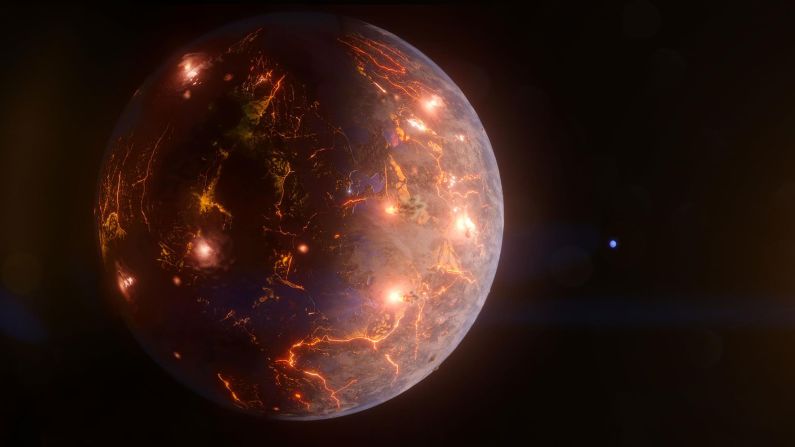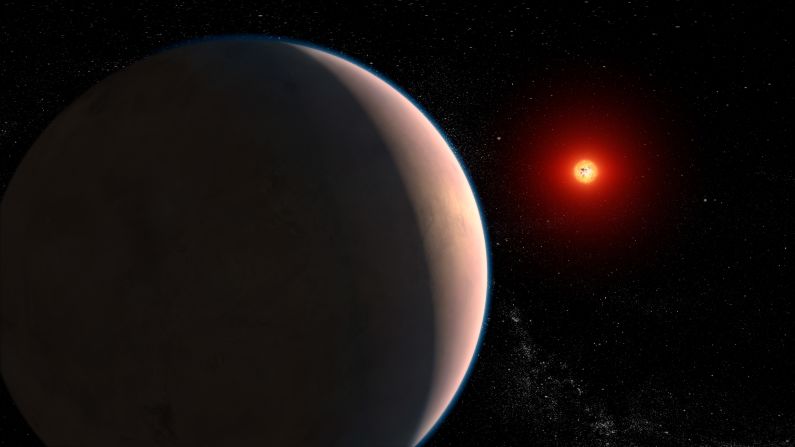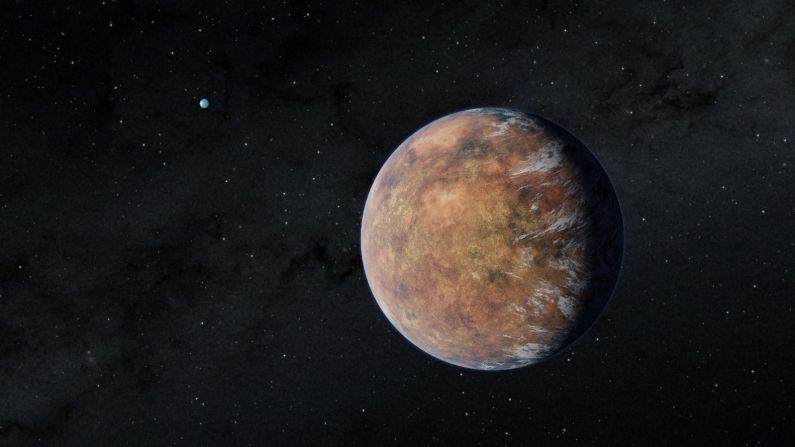Story highlights
An unknown world at the edge of our solar system is an exoplanet, scientists believe
Computer-modeling suggests Earth's sun stole the planet from another star
We may be a step closer to figuring out the origins of Planet Nine, a mysterious world lurking at the edge of our solar system.
For months, headlines have been buzzing about the possibility that our solar system is harboring a rogue planet that has a mass 10 times that of Earth, and scientists have recently noticed it.
If our solar system really does have another planet, it didn’t just come out of nowhere, scientists said.
Astronomers believe if such a world does exist, it was pulled into our solar system by the sun, according to a new report in the journal Monthly Notices of the Royal Astronomical Society.
Scientists believe Planet Nine is really an exoplanet, a world that orbits a star outside a solar system.
If the scientists are right, that would make Planet Nine the first exoplanet to be discovered in our solar system, according to astronomers at Lund University in Sweden. They came to this exoplanet theory based on computer models. It’s likely that while our sun was still young, about 4.5 billion years ago, it stole Planet Nine from another star — classic interstellar drama.
“It is almost ironic that while astronomers often find exoplanets hundreds of light years away in other solar systems, there’s probably one hiding in our own backyard,” Alexander Mustill, astronomer at Lund University, said in a statement.
Weird and wonderful planets beyond our solar system
Since the launch of NASA’s planet-hunting space probe Kepler, there have been more than 3,000 exoplanets confirmed in our universe. Exoplanets are important for our search in finding habitable planets because they could possibly harbor life.
Stars are born in clusters, and during that time if they pass by one another they can “steal” a planet or two. Astronomers believe that was probably the case with Planet Nine.
“Planet [Nine] may very well have been ‘shoved’ by other planets, and when it ended up in an orbit that was too wide around its own star, our sun may have taken the opportunity to steal and capture Planet Nine from its original star,” Mustill said.
It’s an extraordinary hypothesis, except there’s still debate over whether such a world even exists.
“While the existence of Planet [Nine] remains unproven, we consider capture from one of the sun’s young brethren a plausible route to explain such an object’s orbit,” the report stated.
Researchers at the California Institute of Technology announced they found evidence that Planet Nine is lying in our outer solar system, and that the world is a true planet, not a dwarf planet like Pluto.
Supposedly, Planet Nine orbits 20 times farther from the sun than Neptune, which means it may take the world 10,000 to 20,000 Earth years to make a full orbit around our sun.
More research is needed, Mustill said. But if Planet Nine really exists, that means we may be able to visit it one day.
“This is the only exoplanet that we, realistically, would be able to reach using a space probe,” he said.





































